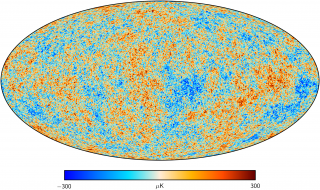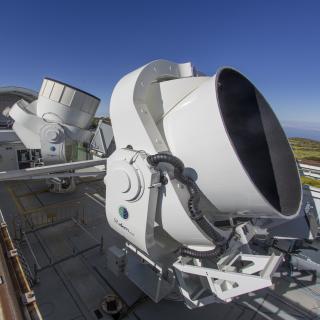Bibcode
Macías-Pérez, J. F.; Fernández-Torreiro, M.; Catalano, A.; Fasano, A.; Aguiar, M.; Beelen, A.; Benoit, A.; Bideaud, A.; Bounmy, J.; Bourrion, O.; Calvo, M.; Castro-Almazán, J. A.; de Bernardis, P.; De Petris, M.; de Taoro, A. P.; Garde, G.; Génova-Santos, R. T.; Gomez, A.; Gómez-Renasco, M. F.; Goupy, J.; Hoarau, C.; Hoyland, R.; Lagache, G.; Marpaud, J.; Marton, M.; Masi, S.; Monfardini, A.; Peel, M. W.; Pisano, G.; Ponthieu, N.; Rebolo, R.; Roni, S.; Roudier, S.; Rubiño-Martín, J. A.; Tourres, D.; Tucker, C.; Viera-Curvelo, T.; Vescovi, C.
Bibliographical reference
Publications of the Astronomical Society of the Pacific
Advertised on:
11
2024
Citations
1
Refereed citations
0
Description
Kinetic inductance detectors (KIDs) have been proven as reliable systems for astrophysical observations, especially in the millimeter range. Their compact size enables them to optimally fill the focal plane, thus boosting sensitivity. The KIDs Interferometric Spectral Surveyor (KISS) instrument is a millimeter camera that consists of two KID arrays of 316 pixels each coupled to a Martin–Puplett interferometer (MPI). The addition of the MPI grants the KID camera the ability to provide spectral information in the 100 and 300 GHz range. In this paper, we report the main properties of the KISS instrument and its observations. We also describe the calibration and data analysis procedures used. We present a complete model of the observed data including the sky signal and several identified systematics. We have developed a full photometric and spectroscopic data analysis pipeline that translates our observations into science-ready products. We show examples of the results of this pipeline on selected sources: the Moon, Jupiter, and Venus. We note the presence of a deficit of response with respect to expectations and laboratory measurements. The detector's noise level is consistent with values obtained during laboratory measurements, pointing to a suboptimal coupling between the instrument and the telescope as the most probable origin for the problem. This deficit is large enough to prevent the detection of galaxy clusters, which were KISS's main scientific objective. Nevertheless, we have demonstrated the feasibility of this kind of instrument in the prospect of other KID interferometers (such as the CONCERTO instrument). In this regard, we have developed key instrumental technologies such as optical conception, readout electronics, and raw calibration procedures, as well as adapted data analysis procedures.
Related projects

Anisotropy of the Cosmic Microwave Background
The general goal of this project is to determine and characterize the spatial and spectral variations in the temperature and polarisation of the Cosmic Microwave Background in angular scales from several arcminutes to several degrees. The primordial matter density fluctuations which originated the structure in the matter distribution of the present
Rafael
Rebolo López

QUIJOTE CMB Experiment (Q-U-I JOint TEnerife CMB Experiment)
QUIJOTE es un programa de dos telescopios y su batería de instrumentos, instalados en el Observatorio del Teide, dedicados fundamentalmente a la caracterización de la polarización del Fondo Cósmico de Microondas, en el rango de frecuencias de 10-42 GHz.
José Alberto
Rubiño Martín